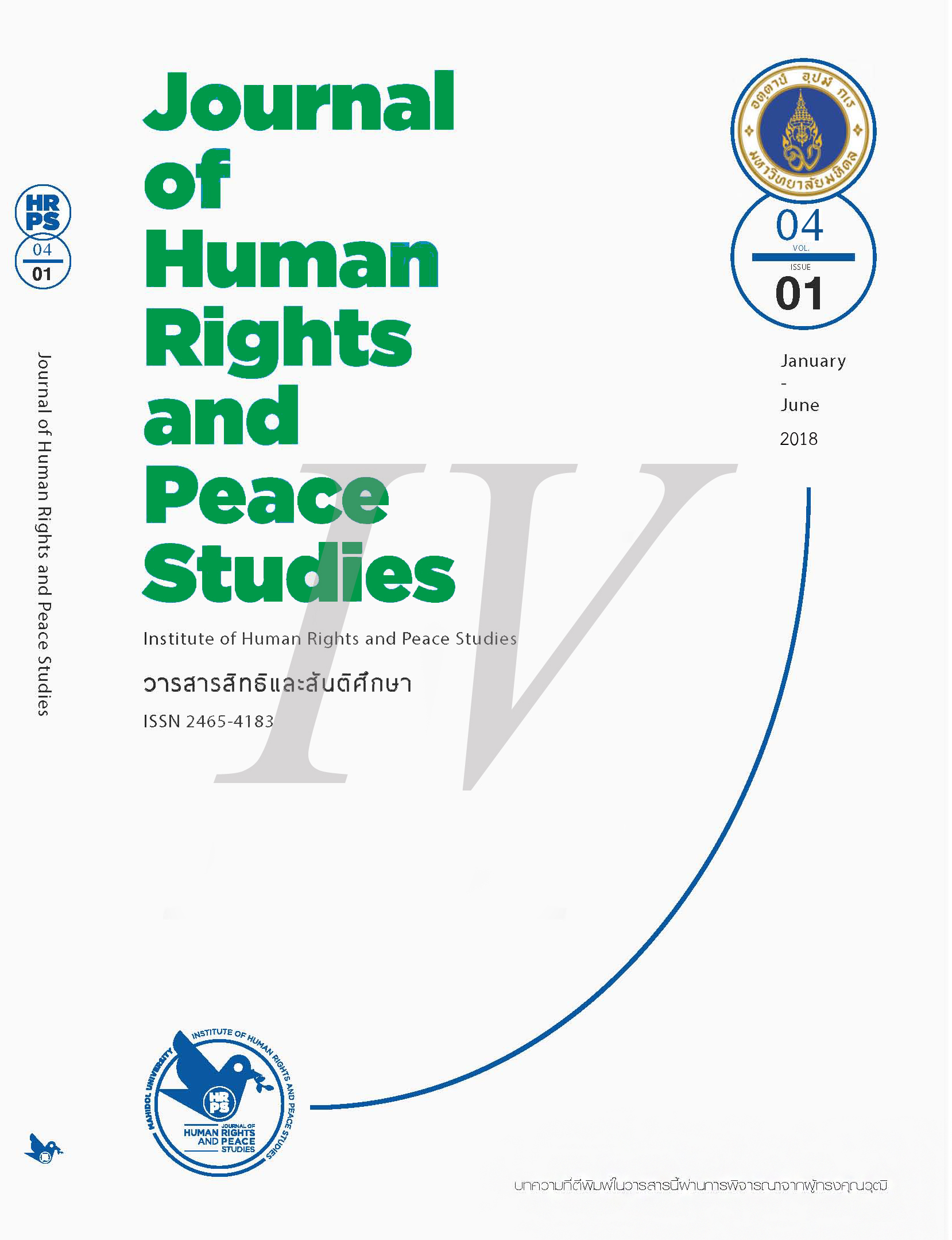How Refugee-Centric is Cultural Orientation? The Examples of Canada and Australia
Main Article Content
Abstract
The current refugee crisis resulting from wars and civil unrest in many parts of the world has led to the displacement of an unprecedented number of people; 65.6 million of whom 22.5 million are refugees (UNHCR 2017). While the vast majority of asylum seekers flee to neighboring countries, resettlement in a third country is the last and durable option and is only available to a very small number of refugees. It is also one of the most fundamental tools of international protection for refugees.
Resettlement is a life-changing experience with many rewards and challenges for refugees. To help facilitate the integration of different categories of migrants, “pre-departure cultural orientation” programmes are offered by host countries. These programmes have become central to the resettlement process, with governmental and non-governmental Organisations (NGOs) providing a variety of basic practical information and services to help with migrants’ resettlement.
It has been widely recognised that managing the expectations of resettling refugees is one of the most positive outcomes of predeparture cultural orientation services. Setting more realistic expectations means refugees can access important services more efficiently upon arrival, and gain more self-confidence which in turn enables them to develop a greater sense of belonging in their new environment. This paper will focus on Pre-departure Cultural Orientation (CO) programmes for refugees resettled in Canada and Australia; two top resettlement countries in the world. Both countries rely on the extensive experience and expertise of the International Organization for Migration (IOM) to facilitate the resettlement process. Given the often traumatic circumstances of refugees’ lives and the move to a new country, this paper will explore the extent to which the CO is refugee-centric. In particular, does the CO give enough attention and care to their psychological well-being? Finally, how does the CO contribute to highlighting the potential contributions refugees make to the receiving societies?
Article Details
The views, opinions, and pictures expressed in this journal are those of the authors and do not necessarily reflect the opinions and viewpoints of the editor and the editorial board. All rights are reserved by the authors and the Institute of Human Rights and Peace Studies of Mahidol University. No part of this journal may be reproduced, stored in a retrieval system, or transmitted in any form or by any means without the prior permission in writing from the journal’s editor, or as expressly permitted by law, or under terms agreed with the appropriate reprographics rights organization. Non-commercial use of information in this journal must be properly referenced.


